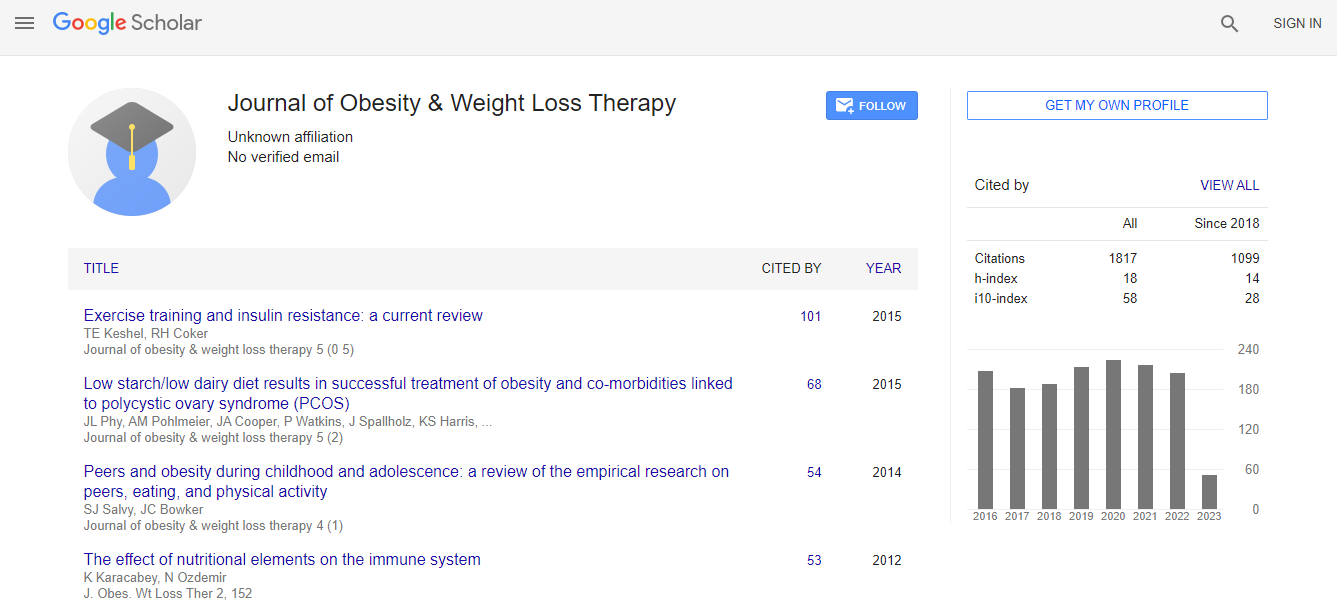Research Article
Effects of Borax and Sleeve Gastrectomy on mRNA Expression of Antioxidant Genes in Substantia Nigra Tissue of Obese Rats
| Inan Gezgin1*, Cem Ozic2, Abidin Murat Geyik3, Can Hakan Yildirim1, Yusuf Ehi4, Miktat Kaya1 and Filiz Susuz Alanyalı5 | |
| 1Department of Neurosurgery, Kafkas University Faculty of Medicine, Kars, Turkey | |
| 2Department of Bioengineering, Kafkas University Engineering & Architecture Faculty, Kars, Turkey | |
| 3Department of Neurosurgery, Gaziantep University Faculty of Medicine, Gaziantep, Turkey | |
| 4Department of Neurology, Kafkas University Faculty of Medicine, Kars, Turkey | |
| 5Department of Biology, Anadolu University, Faculty of Science, Eskisehir, Turkey | |
| Corresponding Author : | Inan Gezgin Department of Neurosurgery Kafkas University Faculty of Medicine 36100, Kars, Turkey Tel: 904742251150 Fax: 904742251196 E-mail: drigezgin1978@hotmail.com |
| Received February 04, 2016; Accepted Februray 26, 2016; Published February 29, 2016 | |
| Citation: Gezgin I, Ozic C, Geyik AM, Yildirim CH, Ehi Y et al. (2016) Effects of Borax and Sleeve Gastrectomy on mRNA Expression of Antioxidant Genes in Substantia Nigra Tissue of Obese Rats. J Obes Weight Loss Ther 6:302.doi:10.4172/2165-7904.1000302 | |
| Copyright: © 2016 Gezgin I, et al. This is an open-access article distributed under the terms of the Creative Commons Attribution License, which permits unrestricted use, distribution, and reproduction in any medium, provided the original author and source are credited. | |
Abstract
Aim: To evaluate the effects of borax and sleeve gastrectomy on mRNA expression of antioxidant genes in substantia nigra tissue of obese rats. Methods: Obese rats were fed with a high-fat diet containing 40% additional fat to the diet. Rats were allocated into four groups in random, which were normal rats (Group I) (n=14), obese rats subjected to SG (Group II) (n=14), obese rats subjected to borax (Group III) (n=14), and obese rats subjected to SG and borax (Group IV) (n=14). Catalase, superoxide dismutase (SOD) and glutathione S-transferase (GST) gene expressions were determined by polymerase chain reaction, real-time polymerase chain reaction (RT-qPCR) and western blotting. Results: When normal rats (Group I), and obese rats subjected to SG (Group II) were compared, a decrease in expressions of catalase, SOD and GST genes was observed in Group II. When obese rats subjected to borax (Group III) were compared with Group I and Group II, a decrease in expressions of catalase, SOD and GST genes was observed in Group III. This phenomenon demonstrates that borax and SG both decrease expressions of catalase, SOD and GST genes. Furthermore, the most significant decrease in expressions of catalase, SOD and GST genes was observed in obese rats subjected to SG and borax (Group IV) when compared to other three study groups. Conclusion: The borax decreases molecular obesity and consequently increases the expressions of Catalase, SOD and GST genes. These data show decrease of Catalase, SOD and GST genes in the substantia nigra tissue of obese rats, consistent with the possibility that these changes may contribute to disease pathogenesis.

